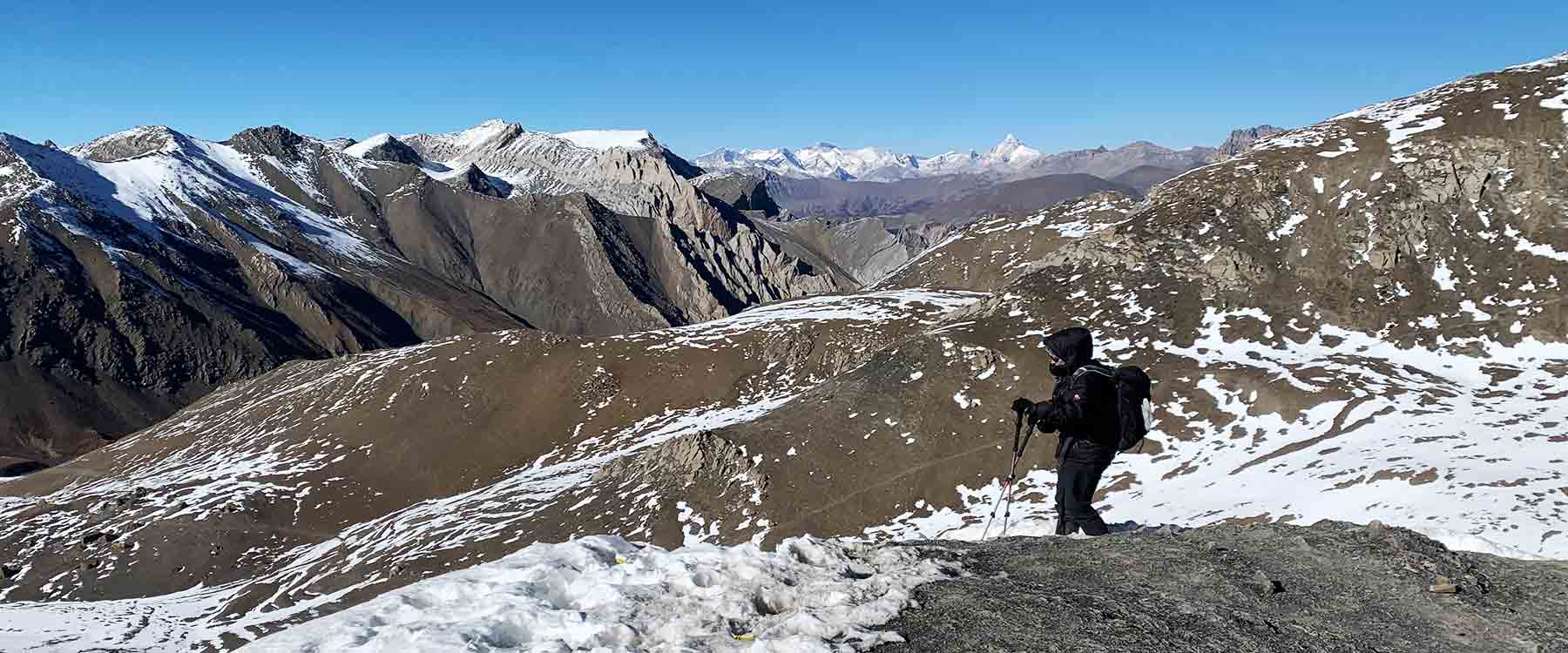- info@mountadventureholidays.com
- +977 - 9843746611

Climatic Climate change has been a hot topic recently. With countries holding up international meetings to combat climate change. Many countries have come up with carbon-neutral plans, among them, Nepal has foreseen achieving zero carbon emissions by 2050. Although Nepal has a low carbon footprint of 0.29 tons per year, its neighboring countries China emitting 10.2 billion metric tons, and India emitting 36.4 billion tons has threatened the climatic condition of the Himalayas. Due to high carbon emissions, the temperature has been rising at an alarming rate of 0.18°C per year. Scientists have warned that an increase of 1.5°C will increase 3°C in the Himalayas being near the equator. That increase will melt 99% of snow from the Himalayas directly affecting the ecosystem of the region. Following are some of the impacts being made by climate change in the Himalayas eco-system.
● Melting of mountains is causing flash floods in the hilly and terai regions
● The habitat of numerous aquatic life is deteriorating
● Many plant species are getting on the verge of extinction
● Reduction in agriculture production due to unpredictable weather
● Loss of forest area and biodiversity
● Strained water resources
● Risk to the tourism industry
The Himalayas play a vital role in balancing the climatic condition of the equatorial belt. So its protection must be done with a long-lasting solution. In that effort, Save The Himalayas, a non-profit organization based in Kathmandu, Nepal, has been conducting various activities to minimize carbon emissions in the mountain region of Nepal. Please support the organization by donating to its causes or by participating as a volunteer.
© Copyright 2025 Mount Adventure Holidays ,All rights reserved. | Developed by : Web Design In Nepal